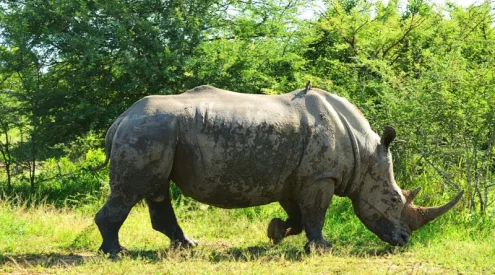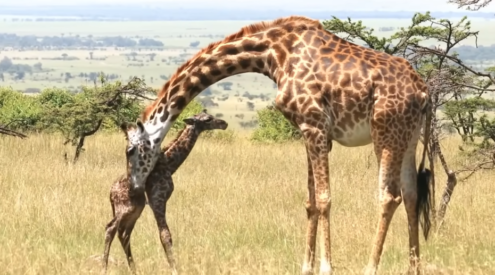A team of geneticists and archaeologists have settled the identity of an ancient equid called the kunga, a cross between a donkey and a wild ass, as the world’s oldest human-bred animal.

The standard of Ur is the best-known representation of the kunga. Picture: Wikimedia Commons/ Alexandria Archive
The kunga would have been an infertile animal, so the Mesopotamians must have had a good reason to intentionally breed them. And the Syrian wild ass was considered aggressive and moved quickly, so they had to go some length to breed the kunga.
Ancient Mesopotamians found the need to create a hybrid animal with the size and speed to make them better equipped for towing vehicles. Before the arrival of the horse, finding an animal willing to run into battle was a challenge and for the first time in history, they must have thought: ‘Let’s bioengineer an animal.’
The last Syrian wild ass died in 1929, so scientists did not have the option of breeding it with a donkey to compare it to archaeological remains. But the research team undertook a genetic analysis by sequencing the DNA from a kunga’s skeleton.
The genetic makeup of the kunga was revealed through an analysis of 25 equid skeletons found at a 2 500-year-old burial ground outside Aleppo, Syria. Analysis of these skeletons was published in Science Advances; it showed they were neither horses nor asses, leading researchers to believe that it must be a hybrid animal.
To certify the identity of the skeletons, the team compared the bones of a sample from an archaeological site in Turkey to the remains of the last surviving Syrian wild asses, which are conserved at the Natural History Museum of Vienna.
The researchers discovered that the Turkish sample was the same species as those conserved in Austria, and represented the paternal lineage of the skeletons in Syria. The donkey was the maternal lineage of the equid, and the Syrian wild ass the paternal lineage.
These results proved that ancient Mesopotamians intentionally developed a strategy to breed two different species to combine the different characteristics they found desirable.
‘It really shows the innovative and experimental nature of ancient people which I think some people only associate with the modern world,’ Benjamin Arbuckle, an anthropological archaeologist at the University of North Carolina, told CNN. It also showed ‘their willingness to invest a lot of resources in the artificial creation of an expensive animal used only by and for elites’.
ALSO READ















